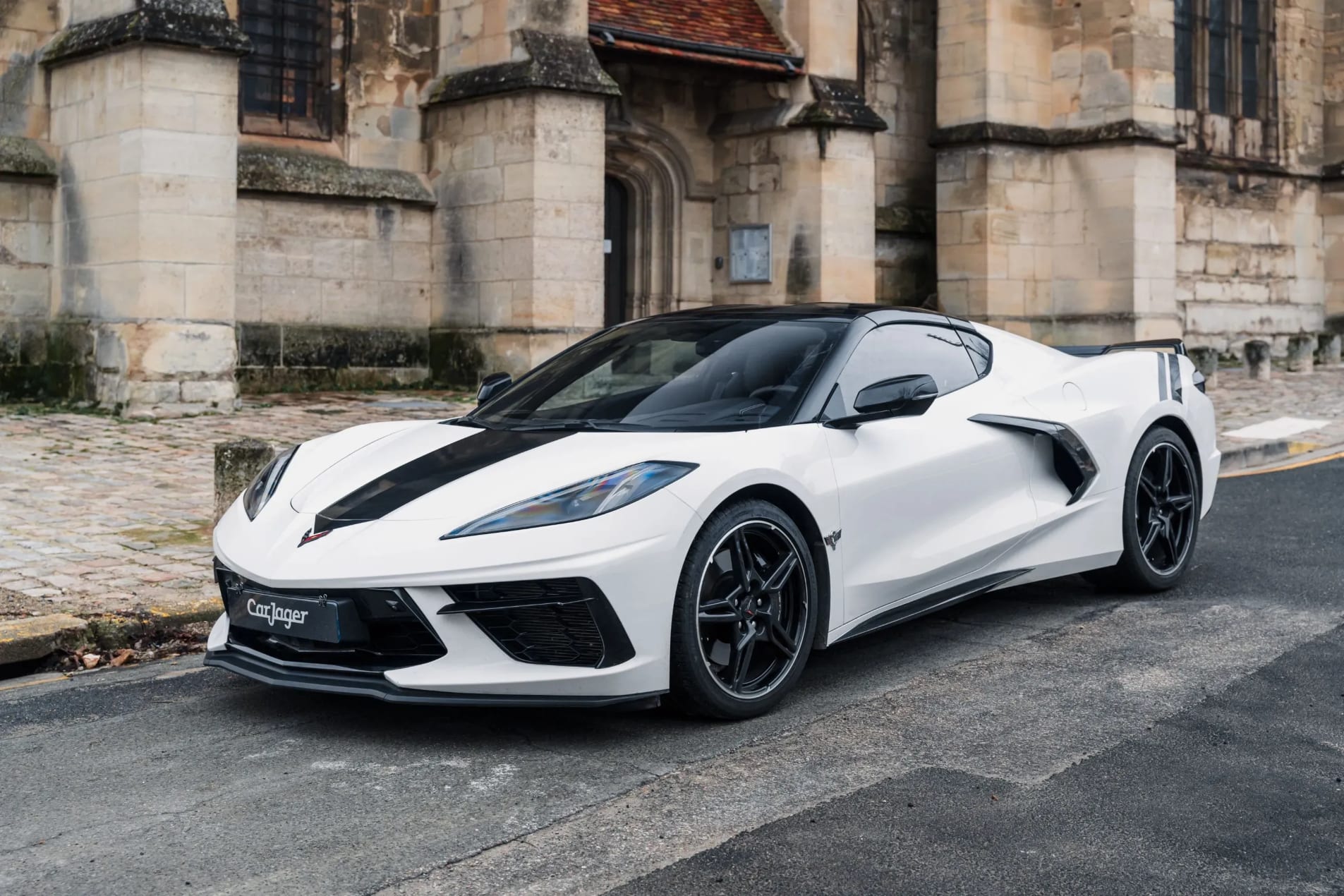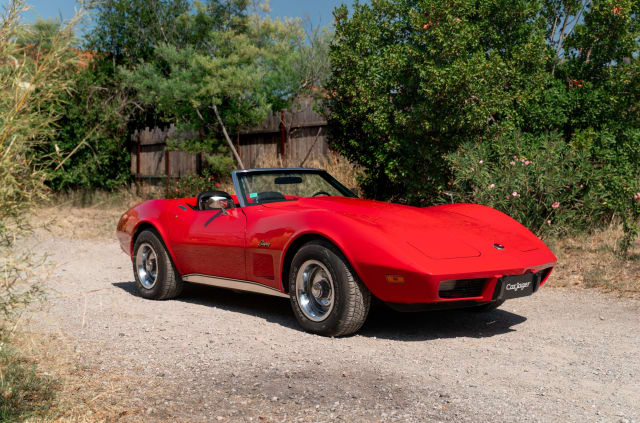
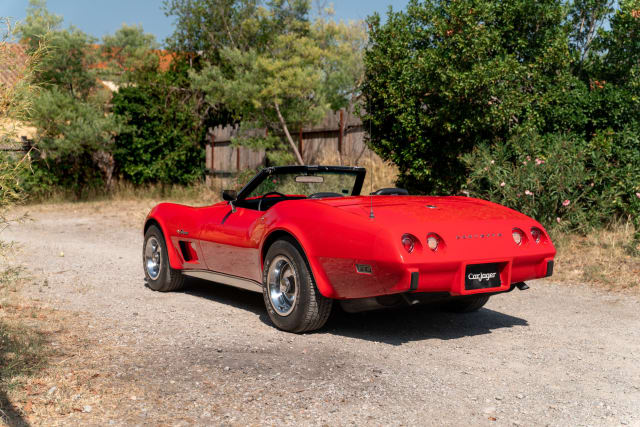
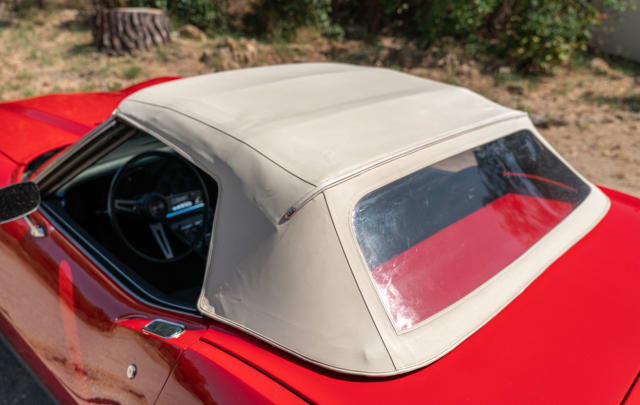
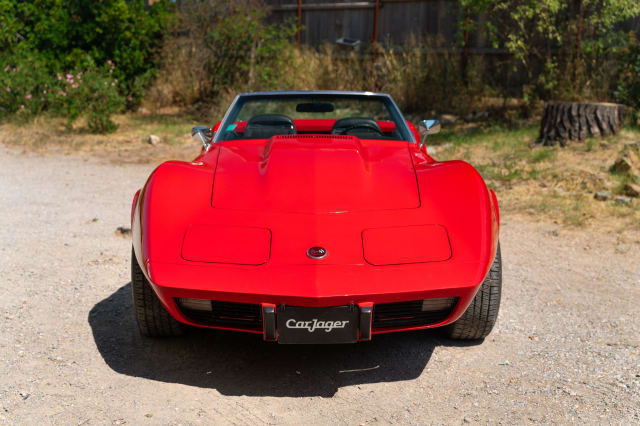
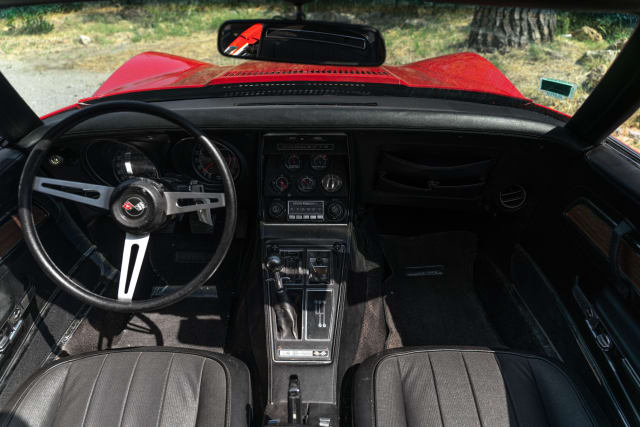
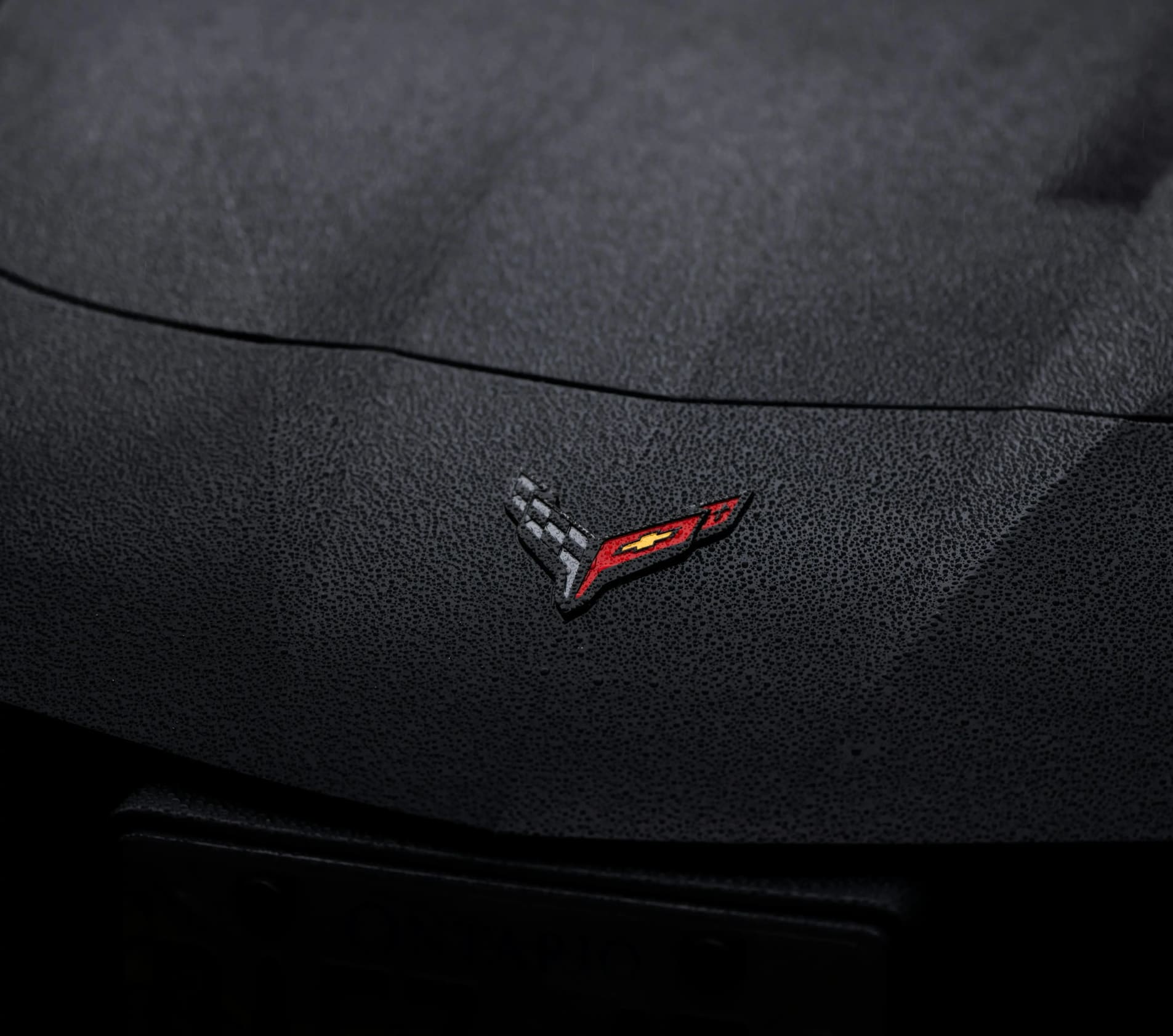
At Chevrolet, the spotlight is of course on the Corvette—but our Car Specialists can just as easily make you fall for the irresistible charm of the Camaro. The choice is yours!
Discover our personalized search service and access our network of 32,000 enthusiasts. Start your search now, your next adventure begins here.

GM’s answer to the Ford Mustang arrived in 1967 in the form of the Camaro, which would go on to span six generations through to 2024. Sporty at heart, the Camaro has always stayed true to its original philosophy by being one of the most affordable cars in its category.

The first Corvette appeared in 1953 as a six-cylinder roadster with a fiberglass body. The eighth generation, introduced in 2020, is the first Corvette with a rear mid-engine layout.

Chevrolet: The Heroic Age of General Motors
More than any other brand in the group's history, Chevrolet’s story is deeply intertwined with that of General Motors. Founded in 1911 by Swiss-born brothers Louis and Arthur Chevrolet, who had emigrated to the U.S. in the early 20th century, the company was launched in partnership with William C. Durant, the ousted founder of GM. Durant used Chevrolet as a springboard to regain control of General Motors, which ultimately absorbed the brand in 1918.
In the years that followed, GM expanded its portfolio—developing brands like Cadillac and Buick—but it was Chevrolet that found the greatest success. Designed to compete with Ford, Chevrolet models targeted working-class Americans during a time when car ownership was becoming accessible to the masses. In 1918, U.S. manufacturers produced around 800,000 vehicles; a decade later, that figure had grown fivefold, and Chevrolet had become the second-largest car brand in the country, just behind Ford.
After the 1929 crash and the wartime halt in passenger car production, Chevrolet resumed its ascent, taking full advantage of the postwar boom of the 1950s and 1960s. While it retained its position as GM’s most accessible brand, the one Americans affectionately call “Chevy” began branching out—venturing into the realm of sports cars…

The Chevrolet Corvette, an American Legend
In post-war Europe, following years of hardship and deprivation, a wave of cars emerged that focused on performance and driving pleasure. The most iconic of these was the Jaguar XK 120, launched in 1948, which quickly became a major export success in the United States. This success gave American manufacturers food for thought, as they had no presence in that segment. Chevrolet's answer came in 1953 with the launch of the first Corvette, a bold move into the world of sports cars. The Corvette debuted as a roadster featuring an innovative fiberglass body—a major departure from conventional design.
Initially underwhelming enthusiasts with its modest inline-six engine, the Corvette quickly found its stride with the introduction of a V8 for the 1955 model year. From that point on, its steadily improving performance won over a growing customer base. While the rest of Chevrolet’s lineup was less glamorous, it appealed to the masses with a broad selection of sedans, wagons, coupés, and convertibles. These vehicles shared most of their mechanical components with GM's other brands—Pontiac, Buick, and Cadillac—but featured distinct Chevrolet styling. This golden era, during which Chevrolet sometimes produced over two million cars per model year, came to a close with the first oil crisis in the fall of 1973…

From One Crisis to the Next
The economic turmoil of the 1970s hit American automakers hard, especially those like Chevrolet that had long specialized in large, heavy vehicles powered by high-displacement engines—suddenly deemed excessive in an era of rising fuel prices. The urgent need arose to develop small, fuel-efficient cars and to fend off an influx of affordable, economical Japanese imports.
This wasn’t Chevrolet’s strong suit, but the brand managed to weather the storm and remained a major player in the North American market. The launch of the Camaro in 1967 and the Blazer in 1972 showcased Chevrolet’s ability to compete across vastly different market segments. Meanwhile, the Corvette—still in production—entered a period of revival with the C4 generation introduced in 1983, which brought it closer to European benchmarks in terms of performance and handling.
Throughout the 1990s and 2000s, GM made a series of strategic missteps, ultimately culminating in its bankruptcy during the 2008 subprime crisis. Rescued and temporarily nationalized by President Obama’s administration, the group underwent a major restructuring, during which several of its brands—like Pontiac and Saturn—were discontinued. Chevrolet, however, remained very much alive, continuing to offer a wide range of sedans and SUVs. Although the Camaro was discontinued in 2024, the Corvette C8—now mid-engined—carries the torch, including an extreme version delivering over 1,000 horsepower!


